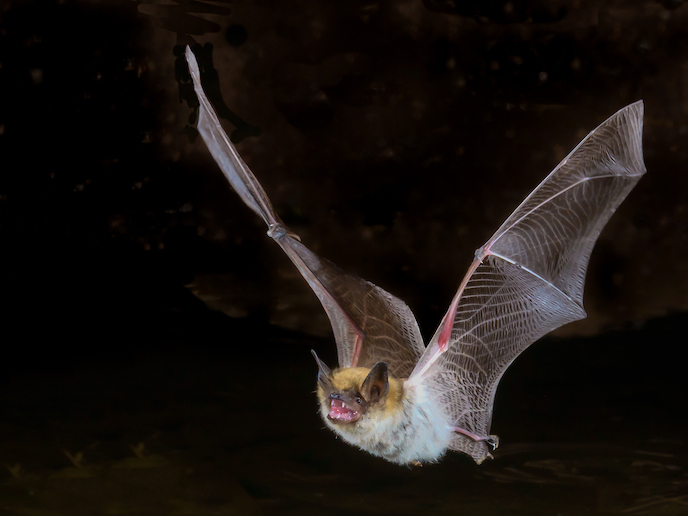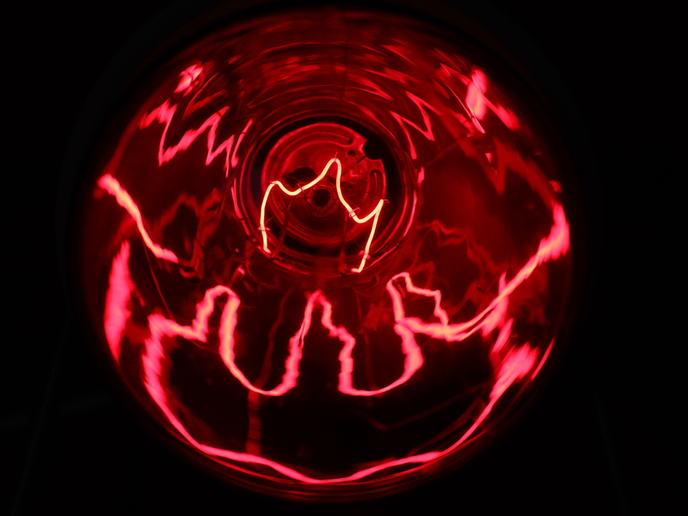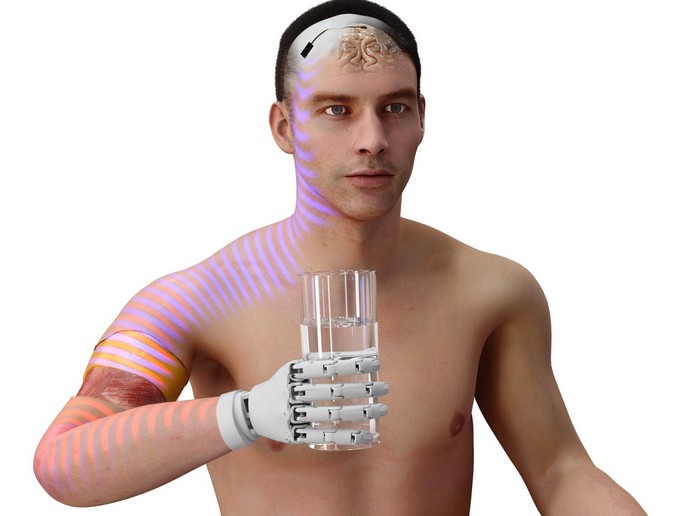A window into bat decision-making
How do animals decide when and where to go looking for food? What drives them to forage alone, or in a group? And how do they learn these behaviours? The GPS-Bat project(opens in new window), which received funding from the European Research Council(opens in new window) (ERC), has advanced our understanding of how animals make the crucial, daily decisions on which their survival depends. The team of researchers studied colonies of bats using cutting-edge technology to track their behaviour and model their decision-making processes. They were able to shed new light on the elusive nocturnal mammals’ complex foraging strategies. “We established an open bat colony where bats are free to fly in and out. This allowed us to track the same bats over a period up to 6 months,” says Yossi Yovel, professor of Zoology at Tel Aviv University(opens in new window) and GPS-Bat coordinator. “We discovered that newborn bats map their environment based on visual input and can perform shortcuts.”
Map-based navigation
It is well-established that humans use cognitive maps – spatial representations of the world enabling us to navigate areas we know, and to derive new routes based on this knowledge. The GPS-Bat team demonstrated for the first time that this skill also occurs in non-human mammals in large-scale navigation. Tracking wild fruit bat pups over several months from their very first flight outdoors, they found that the bats performed truly original shortcuts, supporting the hypothesis that they can perform large-scale map-based navigation. The researchers also found that decisions to search for food alone or together with others depend on its availability. In other words, they will collaborate and share only when it brings added value. Yovel explains: “Bats that rely on ephemeral resources such as swarming insects or flocking fish search for food collectively in order to improve foraging, while bats that rely on food whose location is known, such as fruit bats, search for food individually. Insectivorous bats that rely on reliable patches of insects will also forage individually and will probably defend their foraging sites.”
Bat mobility
Moving rapidly over long distances, the bats’ high mobility involves excellent opportunities for studying foraging decisions. However, it also means that tracking and observing them in the field poses major challenges. To tackle these, Yovel’s team developed miniature tags that can be mounted even on small bats. They are equipped with sensors including GPS, accelerometers indicating behaviours such as flying or hanging, and a microphone monitoring foraging and interactions with other bats based on sound and echolocation. The data collected also enabled them to unravel how bats combine different types of sensory input to make informed choices. “We demonstrated that bats weight vision and echolocation when making classification and orientation decisions,” Yovel notes. Using machine learning techniques, the GPS-Bat team turned empirical data into predictive computer models reproducing the bats’ foraging strategies. By helping us understand and predict the animals’ behaviours, these could play a key role in steering future conservation efforts. “There are numerous examples of conservation efforts that failed because of a lack of understanding of the species’ actual needs,” Yovel warns. “Improving our knowledge of how animals behave in their natural environment, and of their basic needs, will allow us to develop conservation plans to help them survive.”







